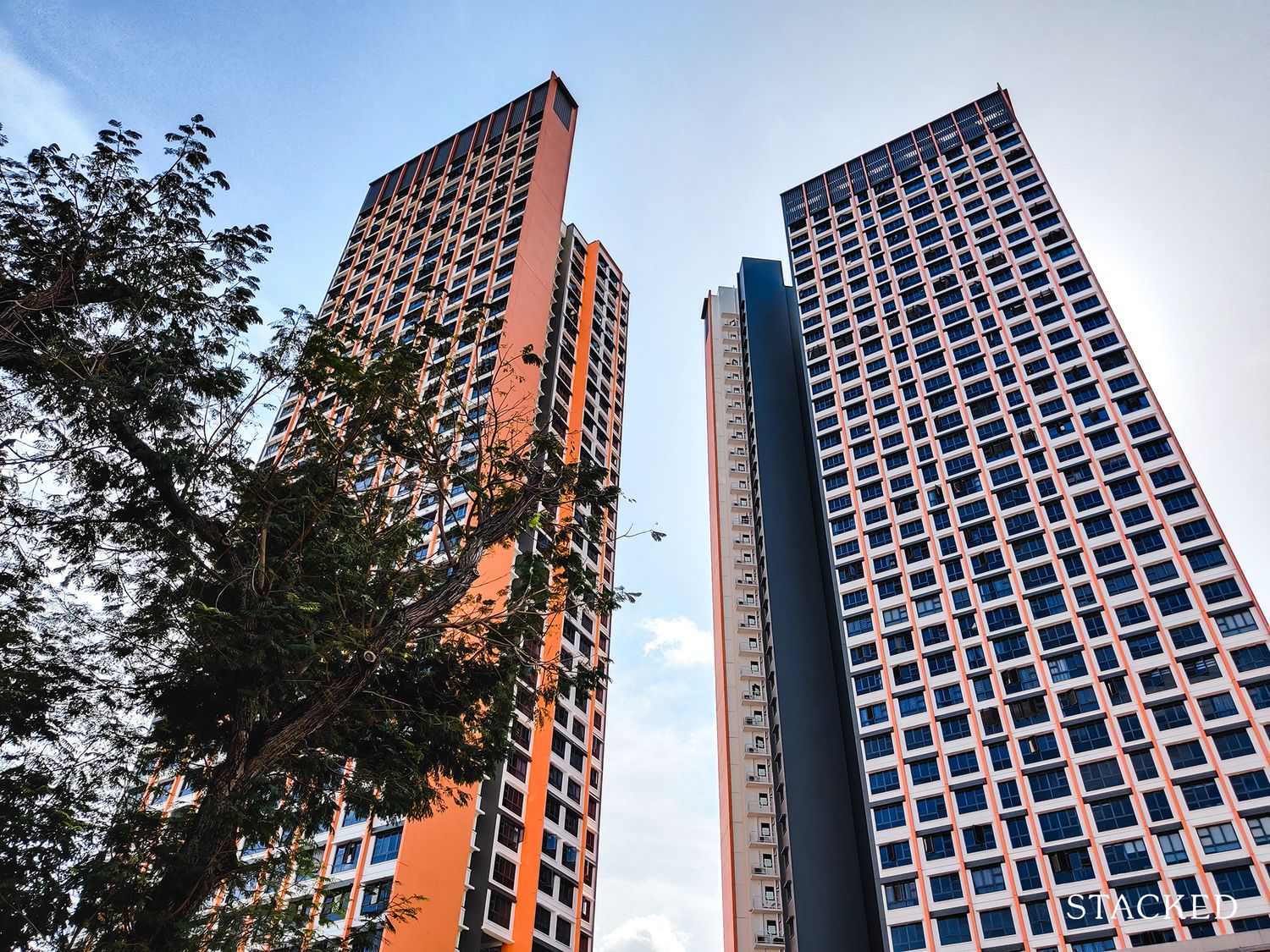5 Untold Risks Of Buying An Old Freehold Condo In Singapore You Need To Know About
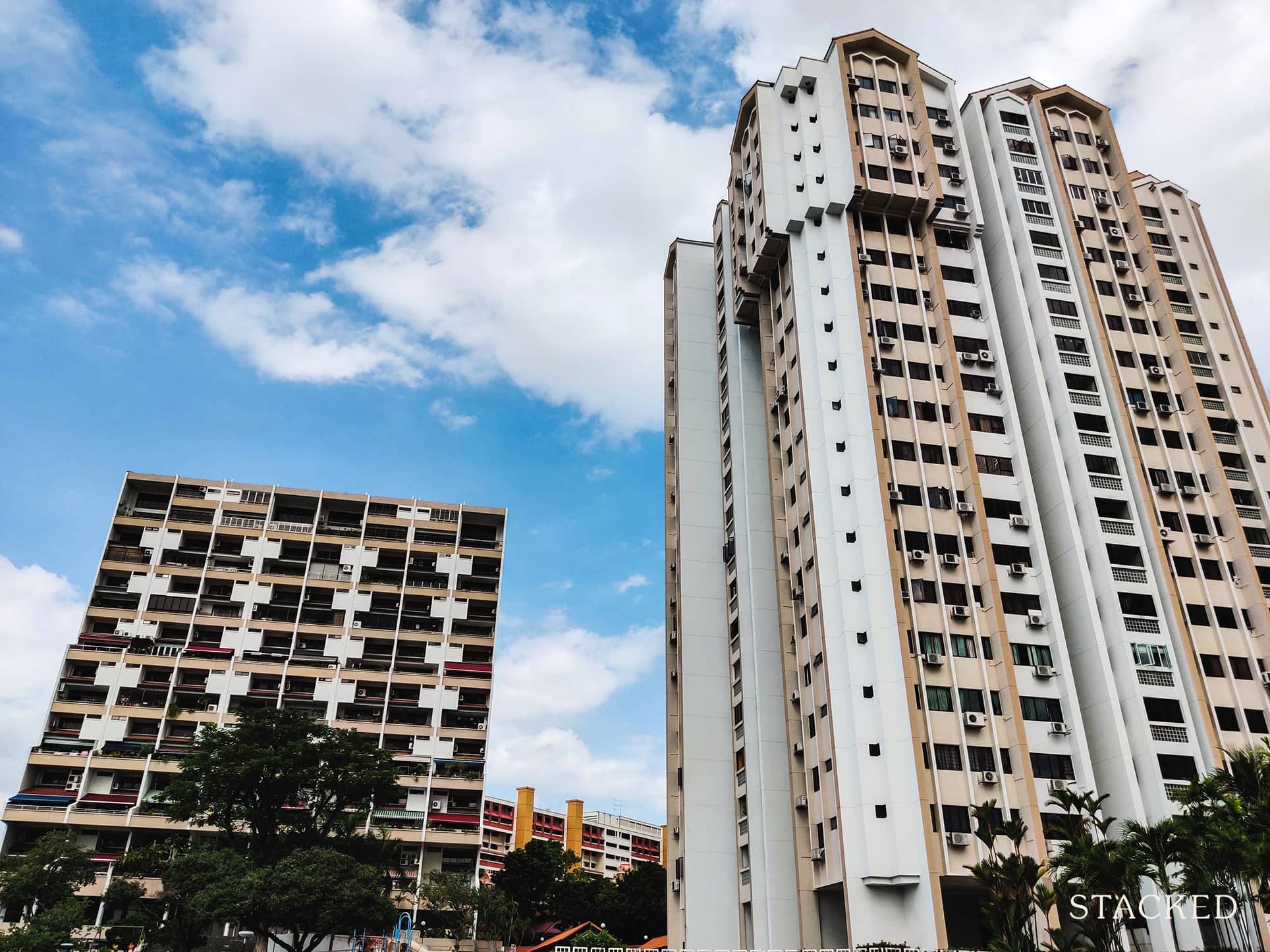
Get The Property Insights Serious Buyers Read First: Join 50,000+ readers who rely on our weekly breakdowns of Singapore’s property market.
A seasoned content strategist with over 17 years in the real estate and financial journalism sectors, Ryan has built a reputation for transforming complex industry jargon into accessible knowledge. With a track record of writing and editing for leading financial platforms and publications, Ryan's expertise has been recognised across various media outlets. His role as a former content editor for 99.co and a co-host for CNA 938's Open House programme underscores his commitment to providing valuable insights into the property market.
Freehold condos have always held a strong allure for Singaporeans. The idea of owning a property “forever” or being able to pass on a legacy is part of the appeal.
Given the high prices of property now though (new launches, even in the OCR, are creeping up to around $2,100 psf and above), means that some buyers are keeping a lookout for older freehold condos. There are some that can even go as low as $1,000 psf or less. But while some of these old projects may seem like much more bang for your buck, there are a few key issues to beware of. Look out for the following, which could make the savings worth less than the trouble you’ll experience:
1. The Management Committee may have become dysfunctional over the years
Over a period of a few decades, management committees in some of the older condos can form very strong cliques or “old boys’ club” mentalities. The people in charge may know each other so well, and have collaborated for so long, that they will resist newcomers trying to impose changes. While these complaints are not unique to old freehold condos (you can find many of them online), there’s a greater tendency to find these situations in older properties.
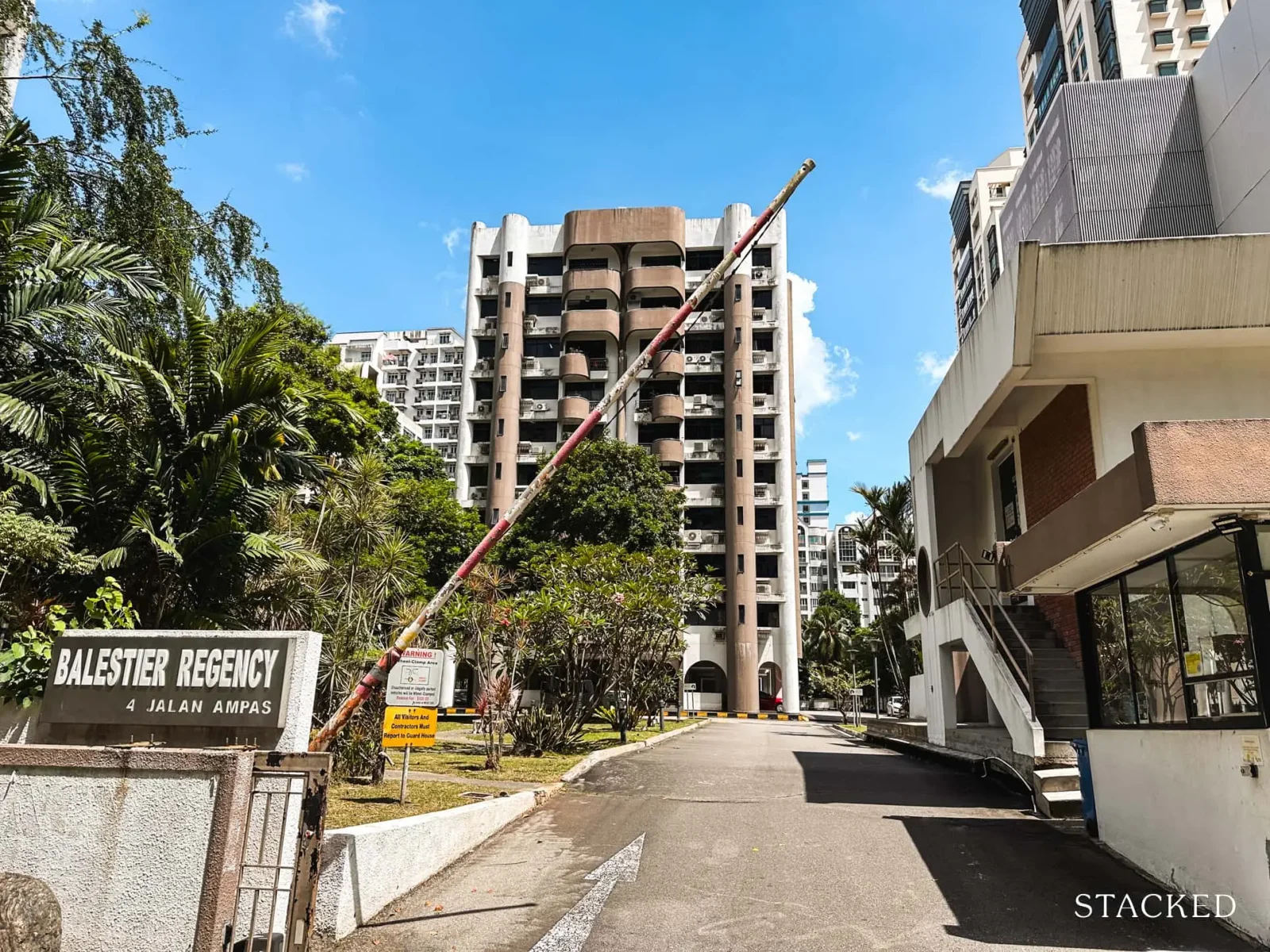
From word on the ground, we’ve also been told that the lower unit counts common to old freehold properties may indirectly contribute to this. A condo which has just 20 units, for example, could see tighter cohesion between longtime committee members, versus a condo with 600+ units with more units changing hands frequently and many more dissenting voices. In cases where corruption happens (e.g., people on the management committee are getting kickbacks from using certain vendors), it’s also harder to fight and detect, when a smaller and more tight-knit group is involved.
On a less dramatic note, there’s the simple concern over en-bloc sales: when the management committee is small and closed, generally whatever they decide regarding collective sales goes. You may have very little say in the matter.
2. If there are commercial spaces, the shops may be useless to residents
We won’t point fingers as we don’t want to insult anyone’s home, but visit a few old, mixed-use freehold condos and you’ll see this for sure: the bottom floor has shops, but instead of being a convenience store, and clinic, etc., it’s a haphazard mix of shops selling bike or car parts, a moneylender, a boutique that never seems to be open, and so on.
These aren’t considered amenities by most, and can even be a disamenity(some particularly bad projects include seedy spas/massage parlours). Up until the current decade, developers didn’t care much about the commercial tenant mix: they were just sold like condo units, and the owners could do with it as they saw fit.
Bear in mind that the owners of these shops can’t be easily driven out; in a strata-titled project, they own that space. If they insist on renting it to shady businesses or leaving it to look like a shambles, you’ll just have to live with your visitors/future buyers seeing that the moment they come in.
3. Old freehold condos may have more unsheltered stretches
One example of this is the car park. Condos built in the 1990s or earlier tend to have more parking, but the parking tends to be purely above-ground. These older projects may not have sheltered walks to and through the car park, so it can mean a lot of struggling to your car in heavy rain, umbrella over your shoulder, as you struggle to unlock the door.
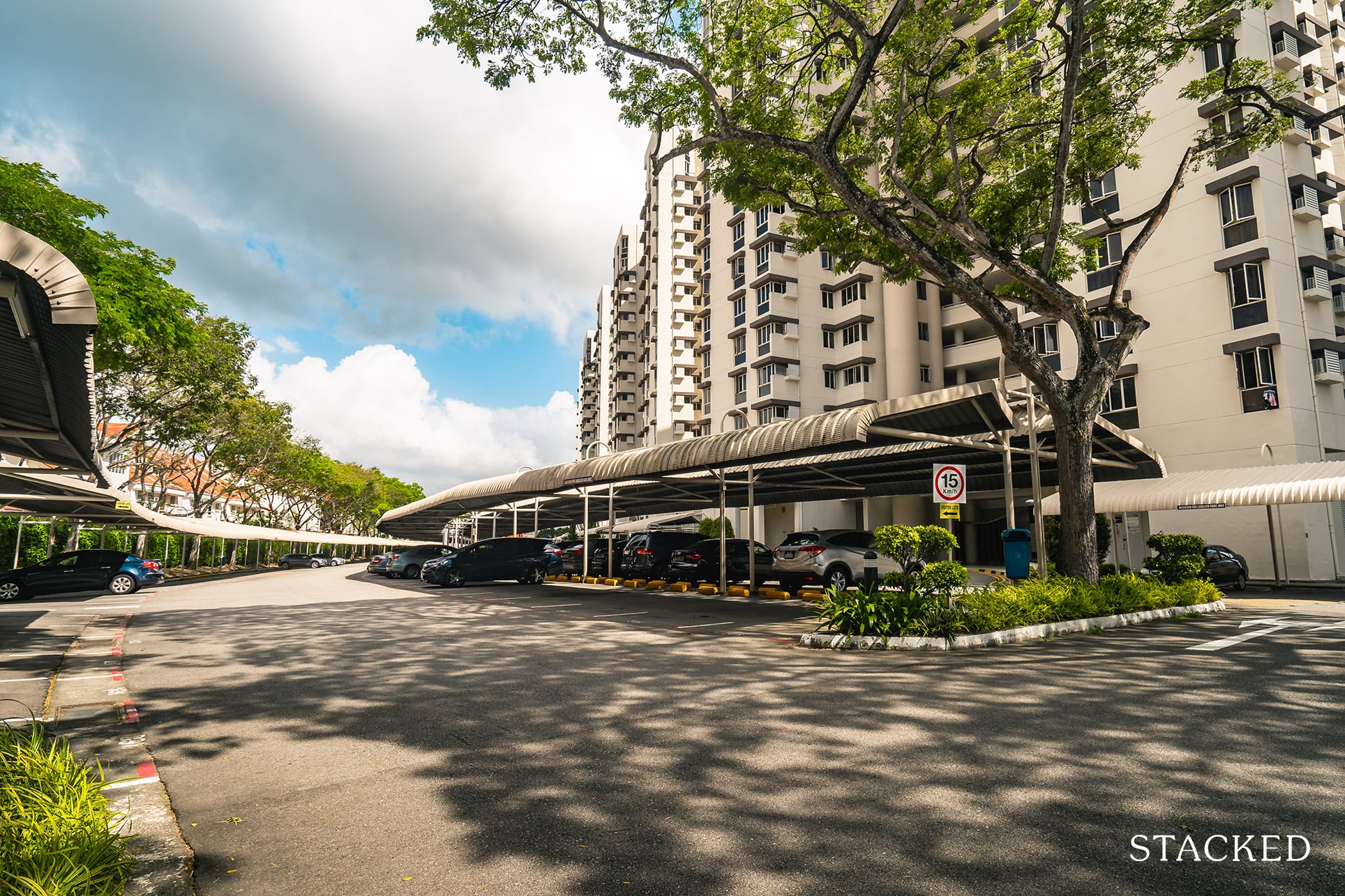
The unsheltered stretches can sometimes include the distance from the entrance foyer to your particular block. This is problematic for some people, such as older family members, who may need to struggle through the rain even after they take a cab home. So do check if there are at least roads that lead to your individual block, and if there’s no sheltered or underground route.
It doesn’t help that old freehold condos can have huge land areas, which makes for longer unsheltered walks.
4. The maintenance costs may be higher than expected
Before BCA’s intervention and scoring systems, which were quite recent, developers generally didn’t care about downstream costs. Their job was just to build and sell the condo, and subsequent maintenance issues were not on their radar.
This resulted in several impractical aspects in older condos: ventilation systems that require specialised equipment to get to, or heavy use of concrete (which could raise costs for cooling costs) among others. There are also more likely to be issues with plumbing and electrical systems – not just for your unit, but possibly for entire blocks. We’ve heard of cases where the water pressure isn’t great, or the rubbish chute in the unit may have issues.
The worst part is there’s no way to tell: it may be old and on the verge of breaking, but you’ll only find out in a few years when it finally dies. That’s when the management committee sends a message about why next quarter’s maintenance fee is rising.
5. Aggressive pro-sale committees
In older freehold condos, pro-sale committees tend to have an overwhelming advantage. There are investors who eye certain projects for the sake of en-bloc prospects, and old freehold condos are a favourite target of theirs (freehold projects are considered to have an edge in collective sales, partly because the developer doesn’t have to top up the lease to 99-years).
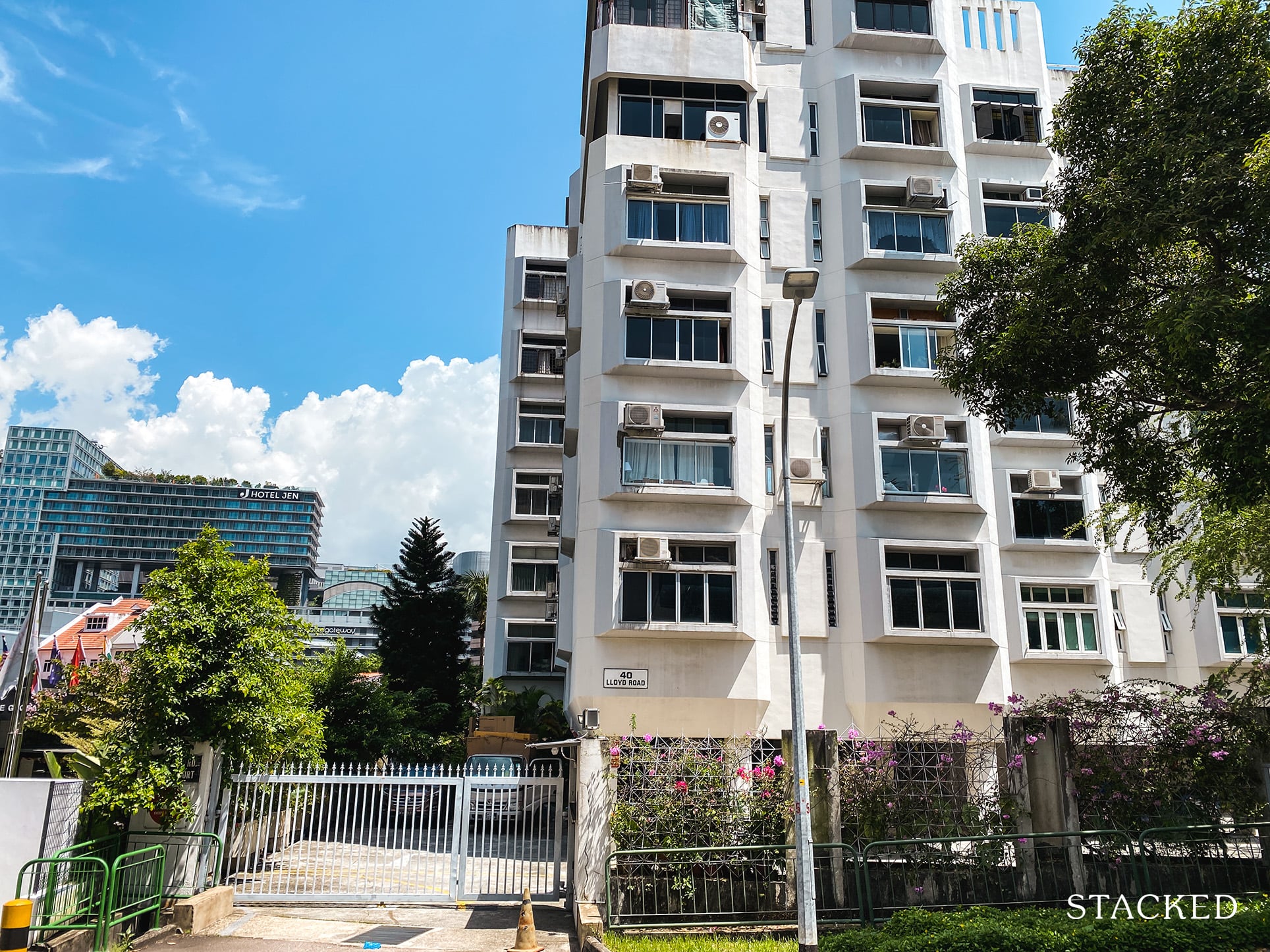
This can result in a management committee (see point 1) or a large owner demographic that’s pro-sale. They often collaborate on ways to push through the en-bloc, including persuading existing owners. Back in 2021, the government even had to place a restriction on proxy voting, because it was common practice for these “en-bloc raiders” to go door-to-door, rounding up votes to push through a sale.
Those who don’t want to sell are often at a disadvantage, as they tend to be disparate and disorganised in the face of an en-bloc mob. This can pose a serious hazard to you: remember that you’re still obliged to pay the Sellers Stamp Duty (SSD), if the en-bloc happens within the first three years.
There are also problems with financing a replacement property if you’re older (sale proceeds from an en-bloc can take a long time), or if property prices have risen. You may also find that, if the value of your renovations are ignored for calculating sale proceeds, you’ll end up on the losing end of an en-bloc.
Sellers are seldom eager to tell you of near-successful en-bloc attempts in the past two years, so this is information you need to dig for before buying.
In any case, you’d want to be wary if you are planning to stay for some time (even if you do want to be able to en-bloc in a couple of years). Especially for older buyers – you don’t want to be forced to move in your later years as having to move can be very stressful.
For more news on the ground about Singapore’s private property market, follow us on Stacked. You can also check out our reviews of specific resale properties, which include some older freehold options. If you’re looking out for specific in-depth advice on your property needs, feel free to reach out to us here.
Ryan J
A seasoned content strategist with over 17 years in the real estate and financial journalism sectors, Ryan has built a reputation for transforming complex industry jargon into accessible knowledge. With a track record of writing and editing for leading financial platforms and publications, Ryan's expertise has been recognised across various media outlets. His role as a former content editor for 99.co and a co-host for CNA 938's Open House programme underscores his commitment to providing valuable insights into the property market.Read next from Property Advice

Property Advice We Own A 2-Bedder Condo In Clementi: Should We Decouple To Buy A Resale 3 Bedder Or Sell?

Property Advice Most New Condo Buyers in Singapore Forget to Check This Before Buying (Until It’s Too Late)
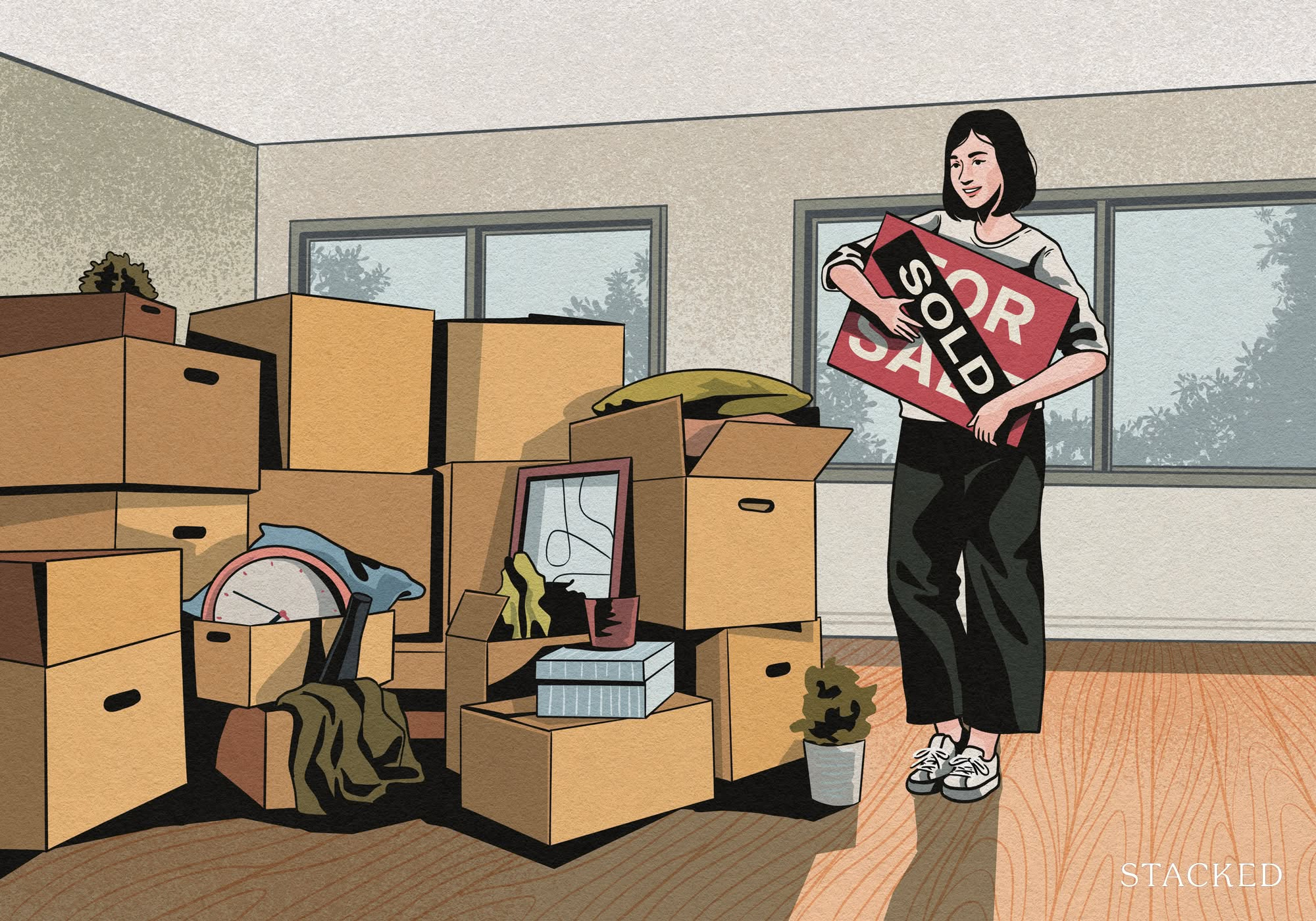
Property Advice Why I Sold My 40-Year-Old Jurong Flat For A Newer Bukit Panjang One: A Buyer’s Case Study
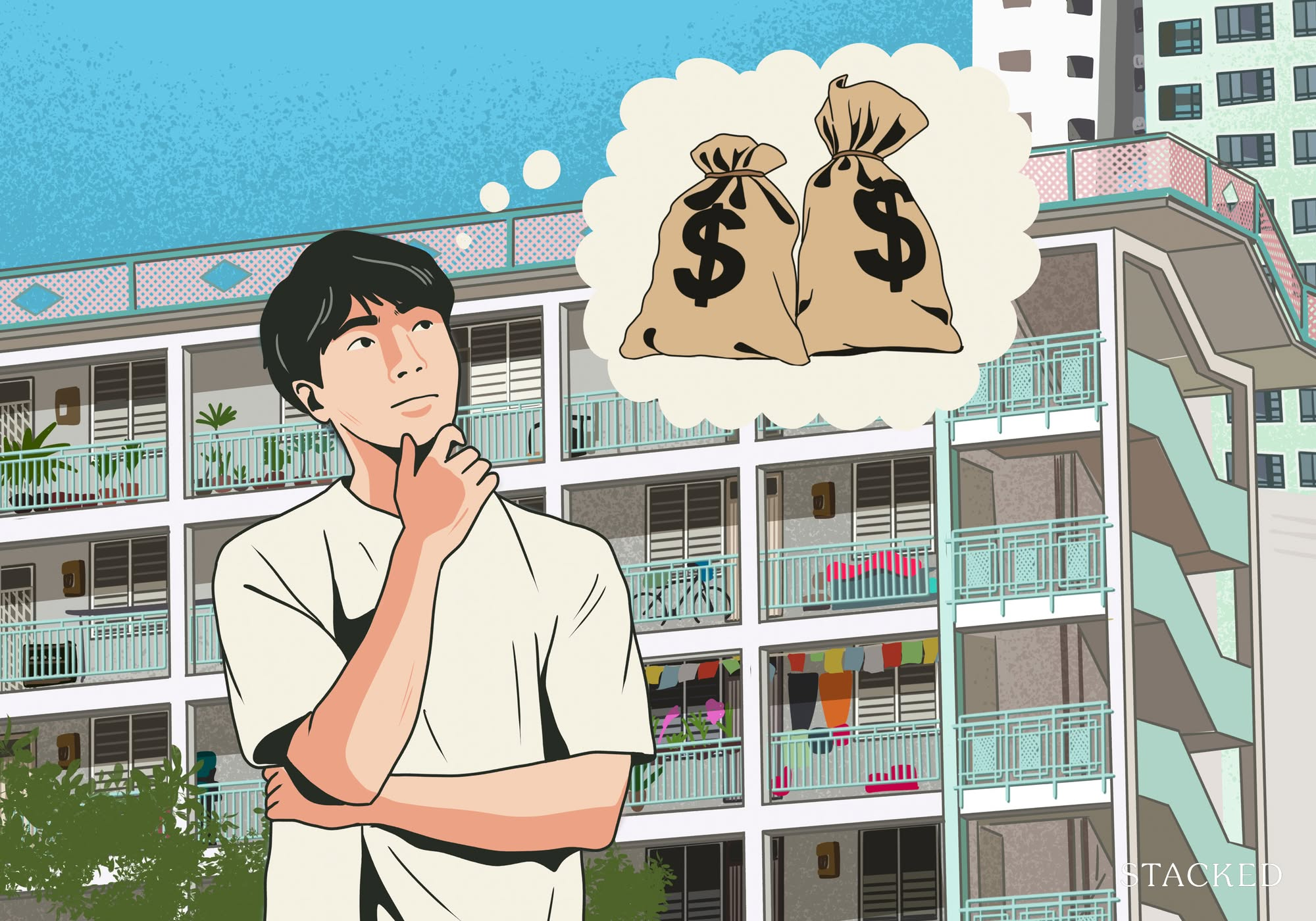
Property Advice 5 Ways To Get A Better Price For Your Property When The Market Is Changing
Latest Posts
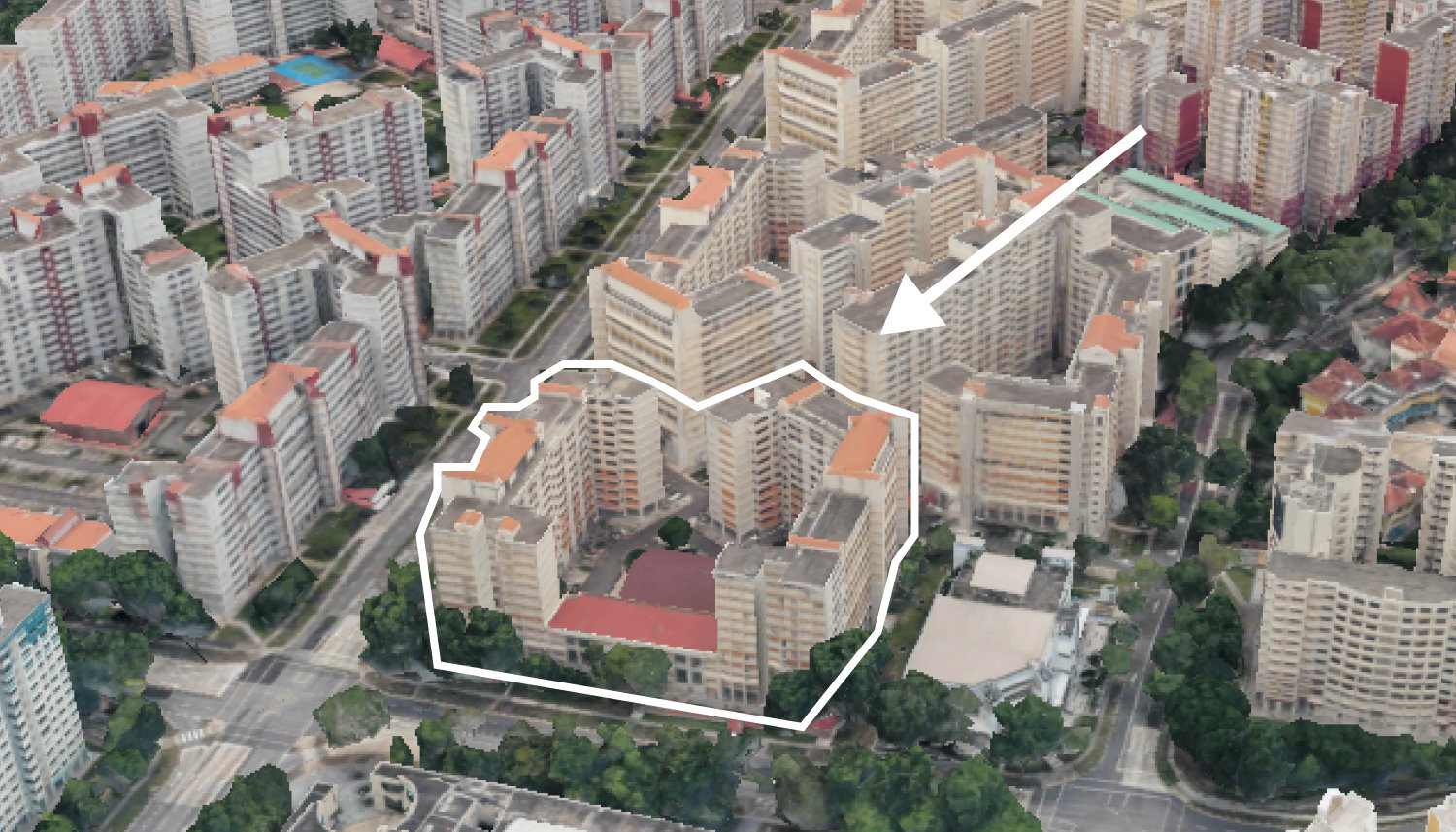
On The Market We Found the Cheapest Yet Biggest 4-Room HDBs You Can Buy From $480K
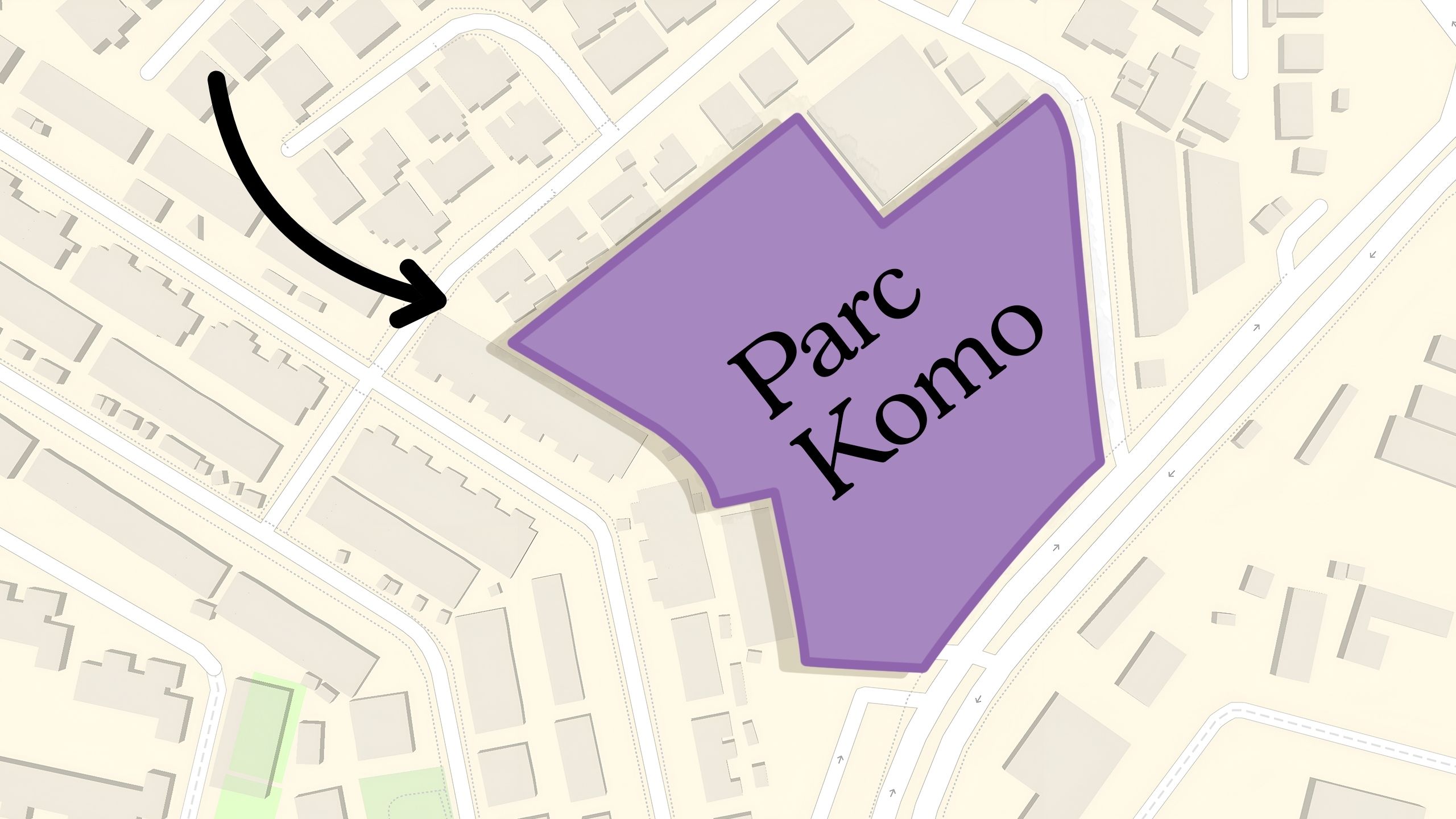
Pro Why This Freehold Mixed-Use Condo in the East Is Underperforming the Market
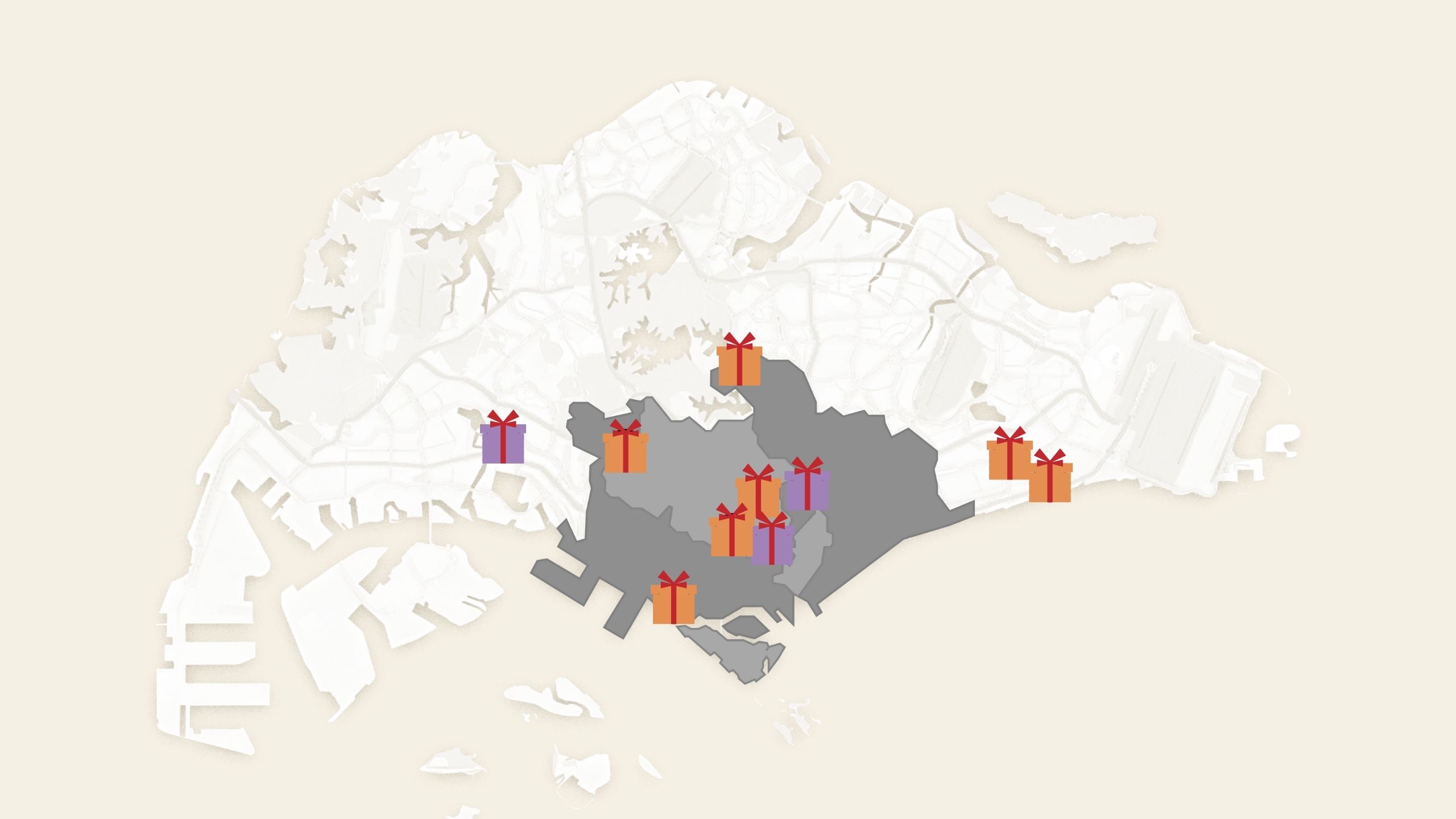
Singapore Property News 10 New Upcoming Housing Sites Set for 2026 That Homebuyers Should Keep an Eye On

Homeowner Stories I Gave My Parents My Condo and Moved Into Their HDB — Here’s Why It Made Sense.
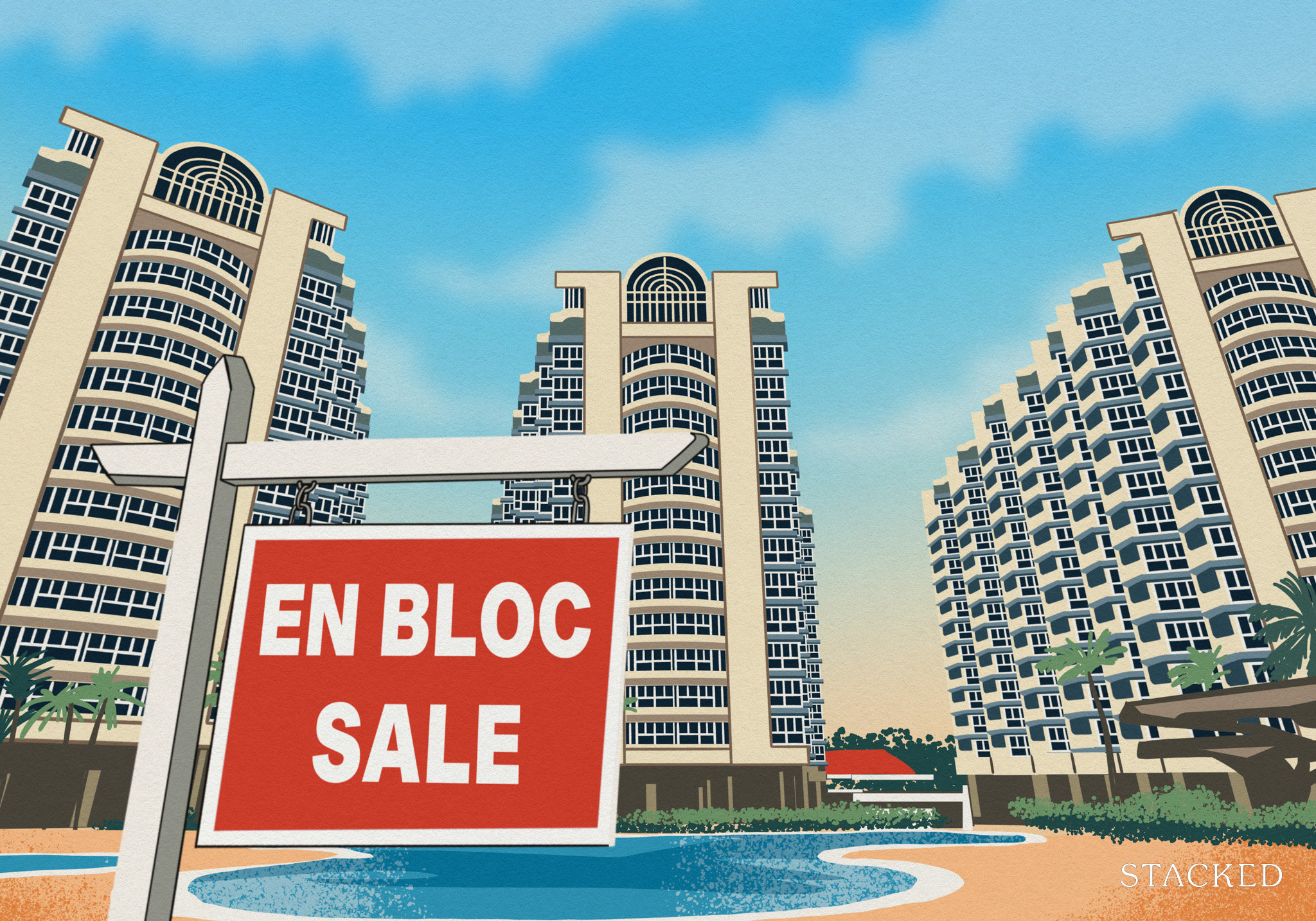
Singapore Property News Will Relaxing En-Bloc Rules Really Improve the Prospects of Older Condos in Singapore?
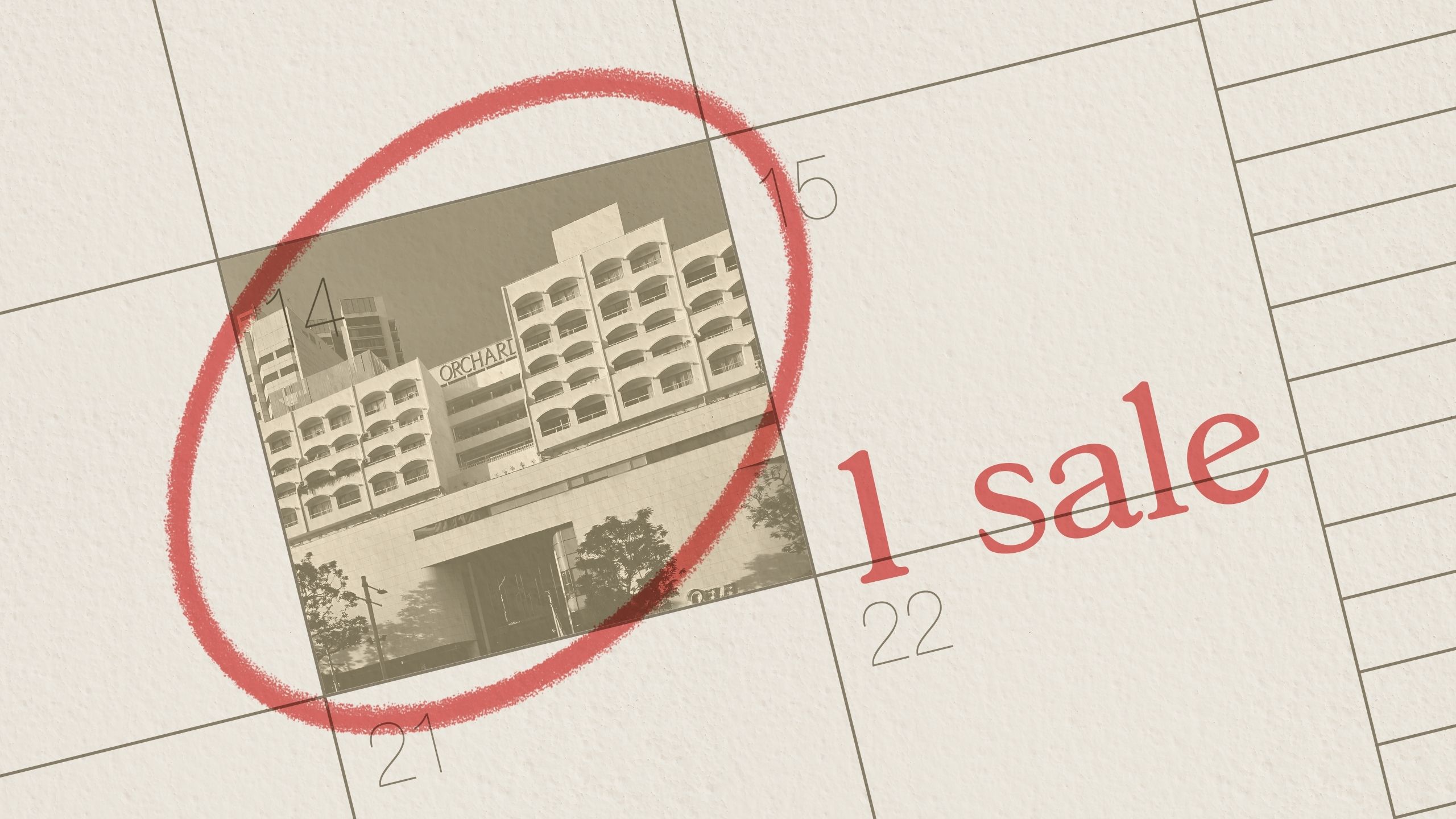
Property Market Commentary The Rare Condos With Almost Zero Sales for 10 Years In Singapore: What Does It Mean for Buyers?

Pro Why This Large-Unit Condo in the Jervois Enclave Isn’t Keeping Up With the Market
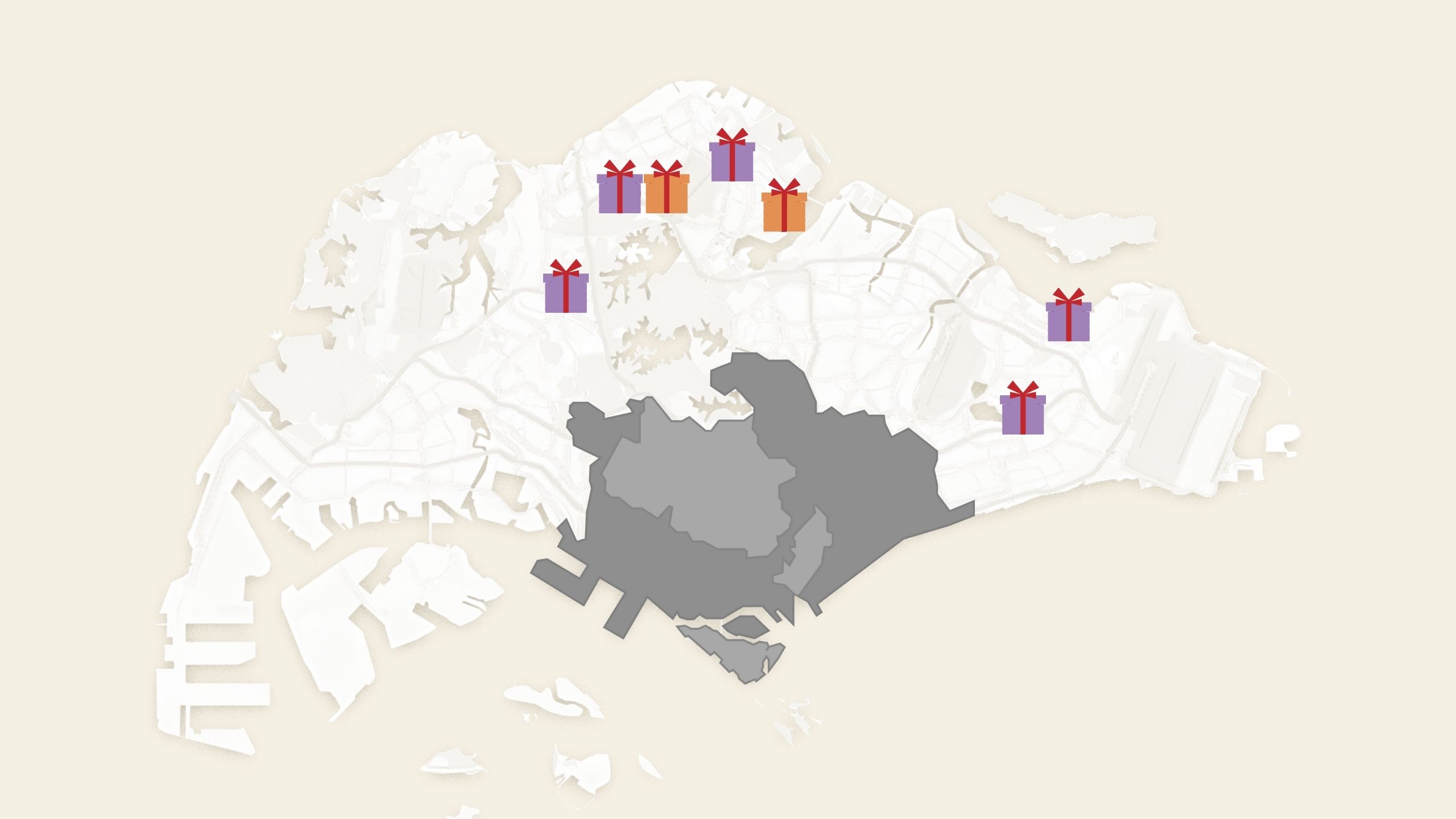
Property Market Commentary 5 Upcoming Executive Condo Sites in 2026: Which Holds the Most Promise for Buyers?
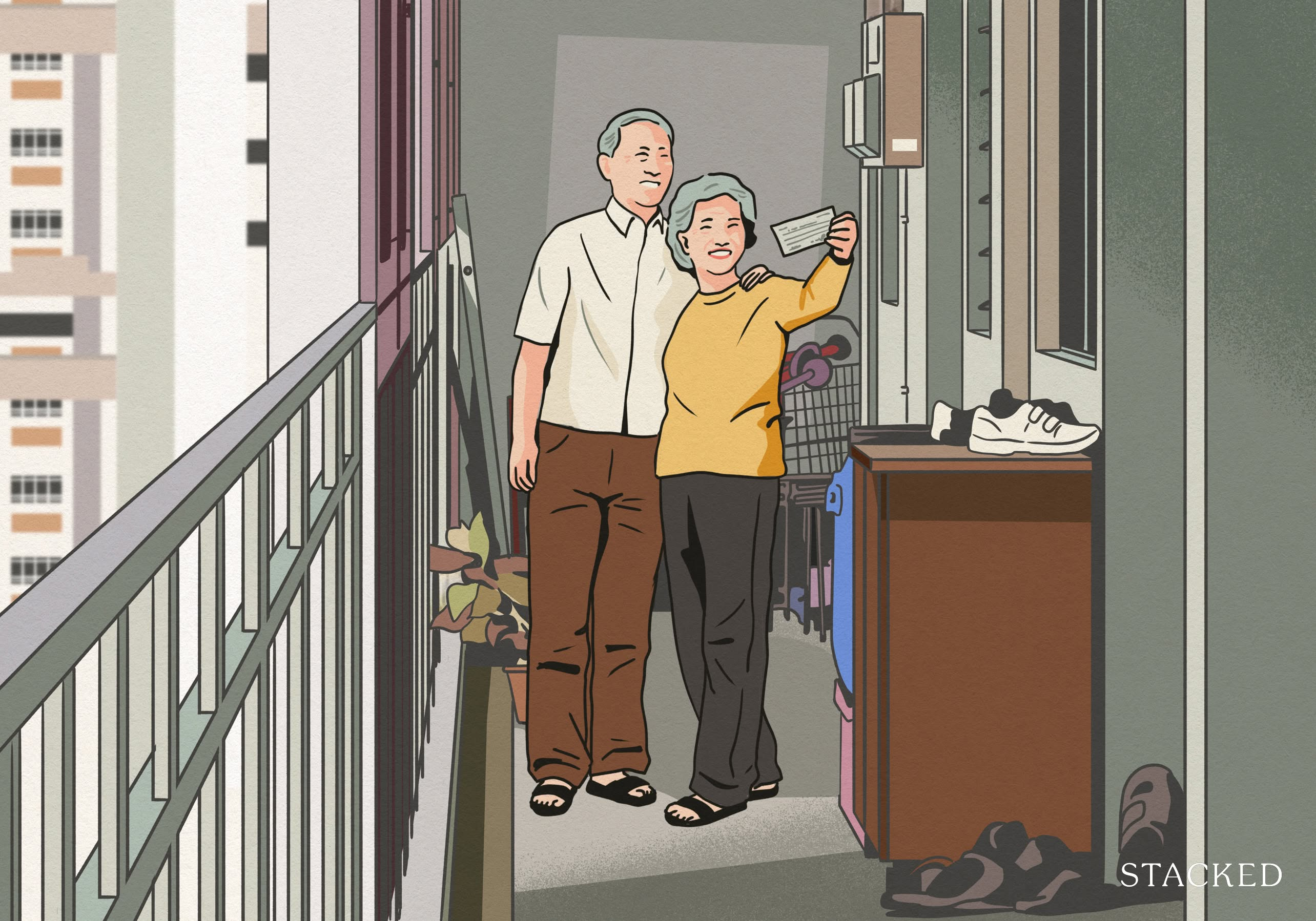
Singapore Property News A Housing Issue That Slips Under the Radar in a Super-Aged Singapore: Here’s What Needs Attention

Landed Home Tours Inside One of Orchard’s Rarest Freehold Enclaves: Conserved Homes You Can Still Buy From $6.8M
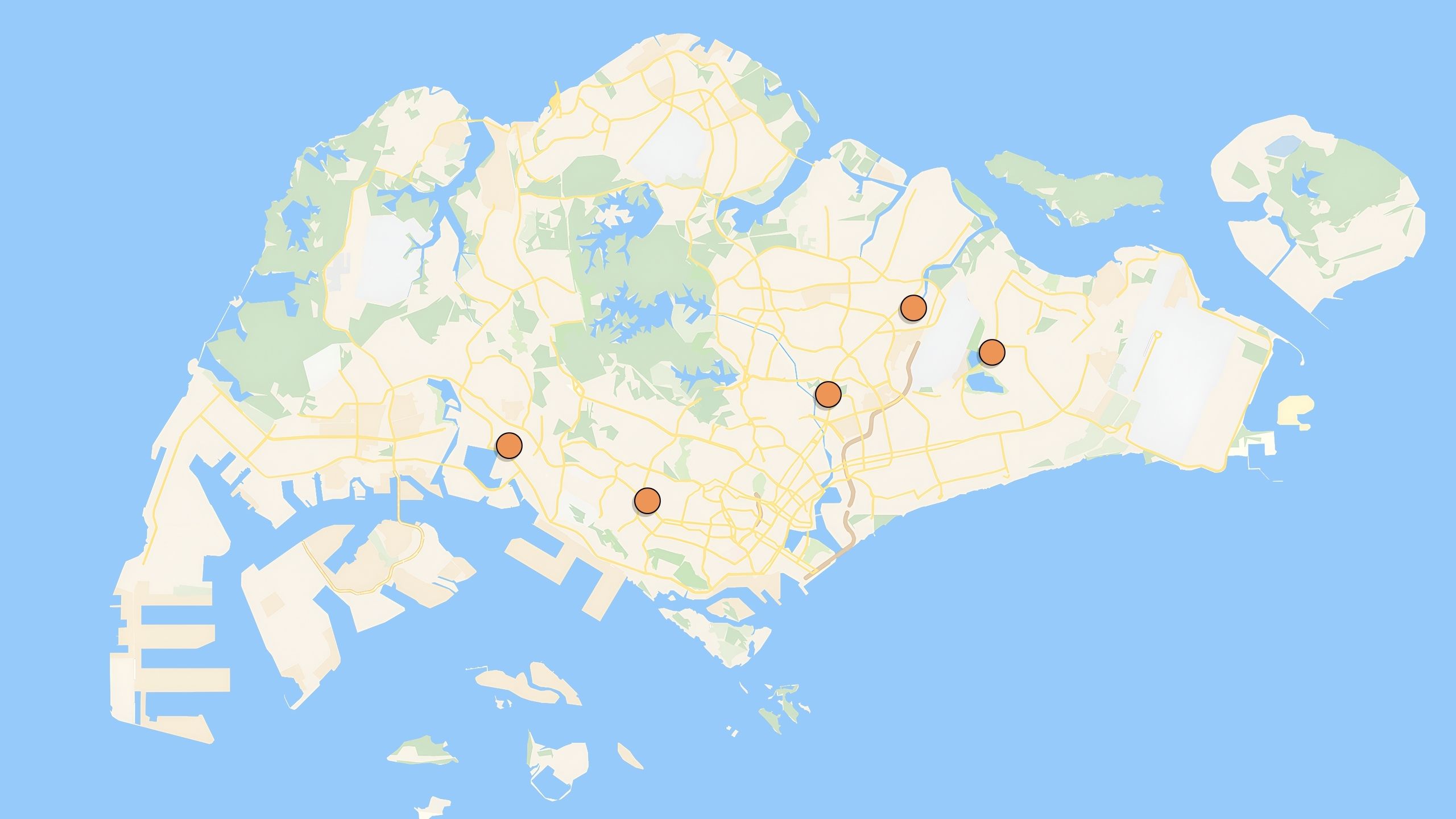
Property Investment Insights These 5 Condos In Singapore Sold Out Fast in 2018 — But Which Ones Really Rewarded Buyers?

On The Market We Found The Cheapest 4-Bedroom Condos You Can Still Buy from $2.28M
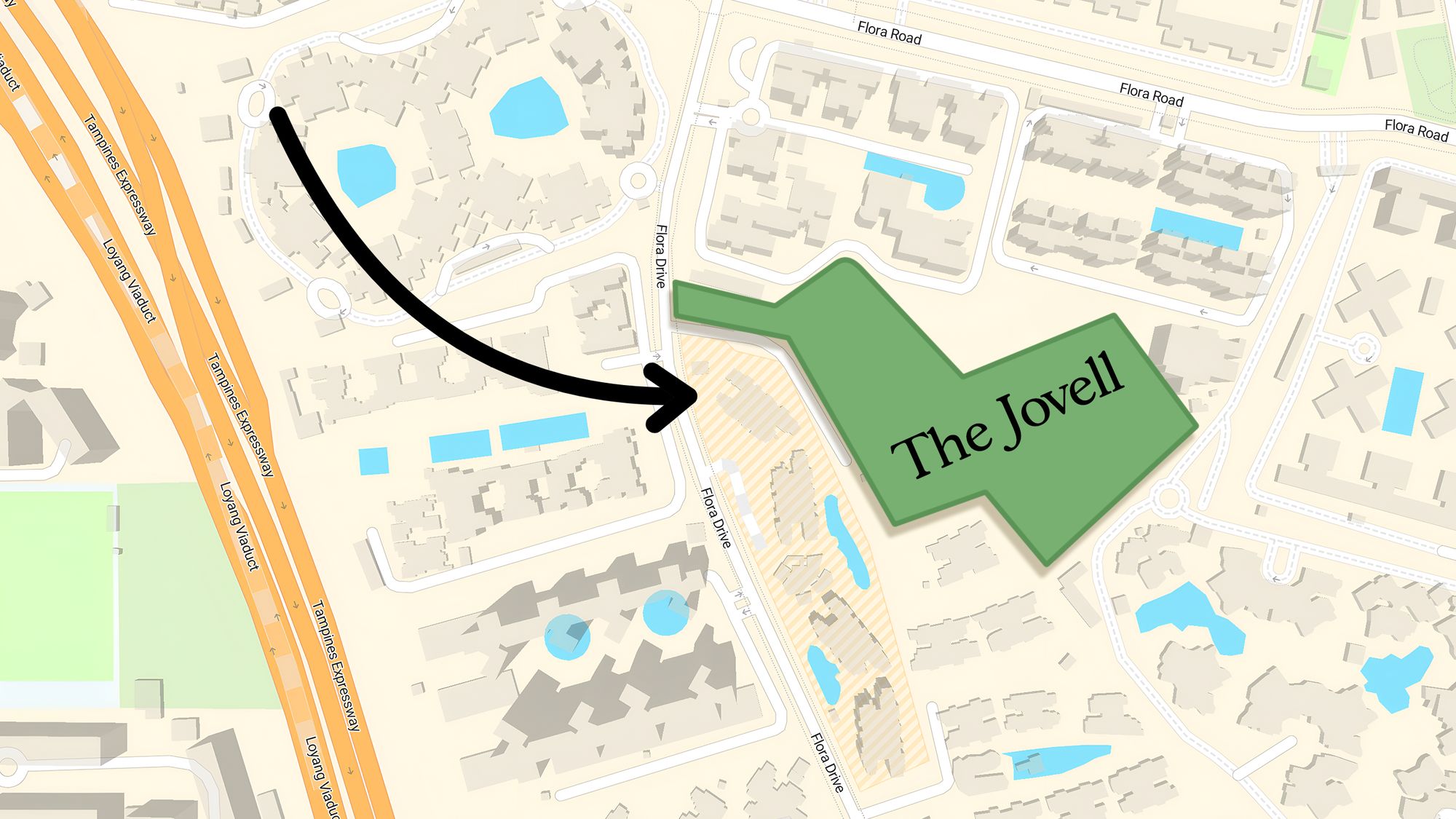
Pro Why This New Condo in a Freehold-Dominated Enclave Is Lagging Behind
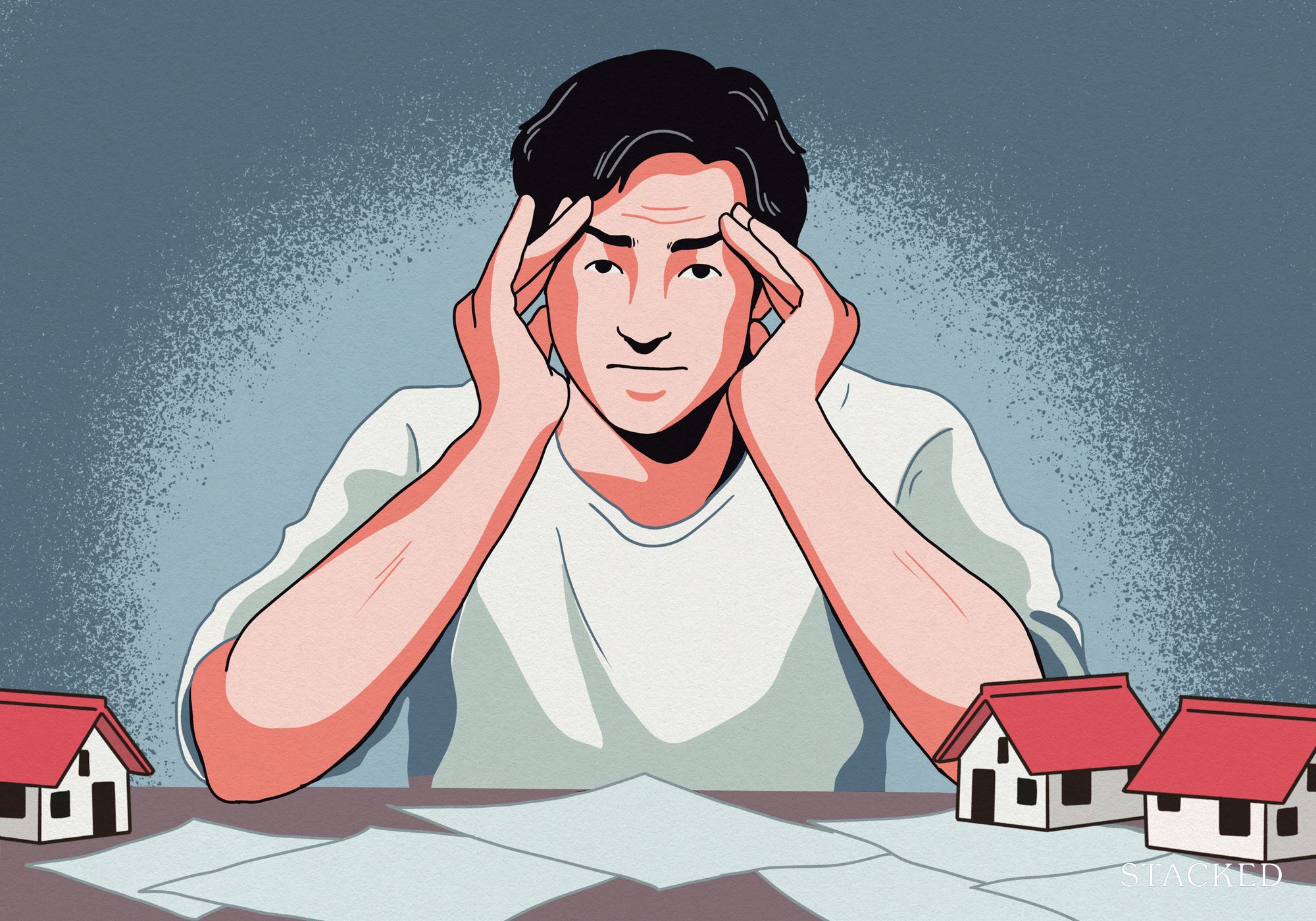
Homeowner Stories “I Thought I Could Wait for a Better New Launch Condo” How One Buyer’s Fear Ended Up Costing Him $358K

Editor's Pick This New Pasir Ris EC Starts From $1.438M For A 3-Bedder: Here’s What You Should Know
